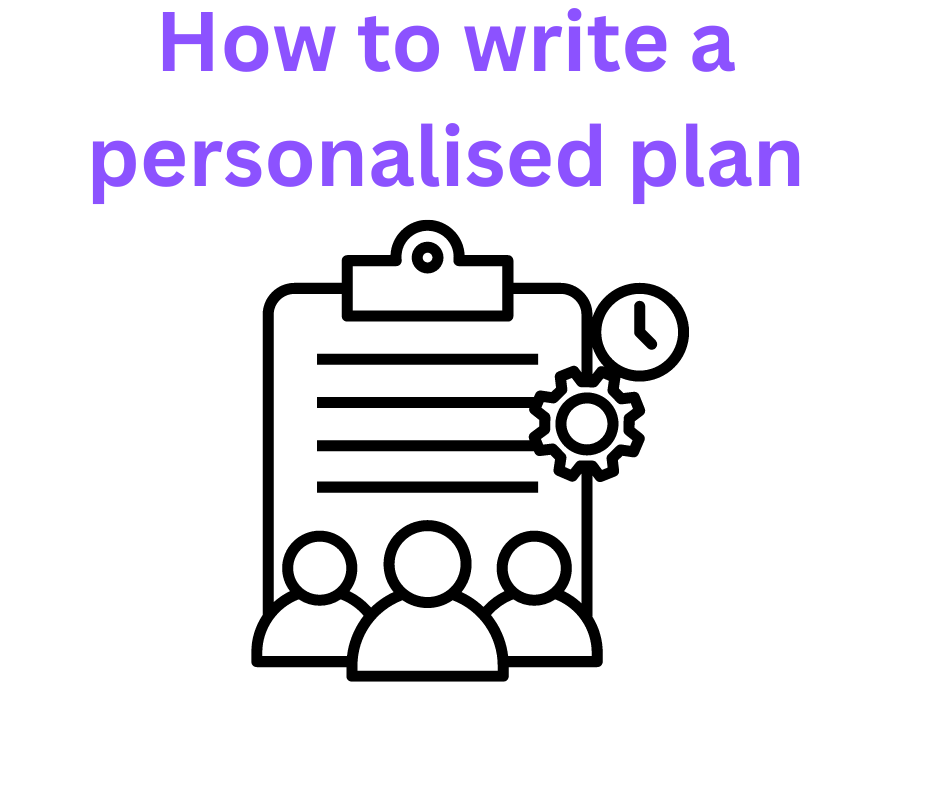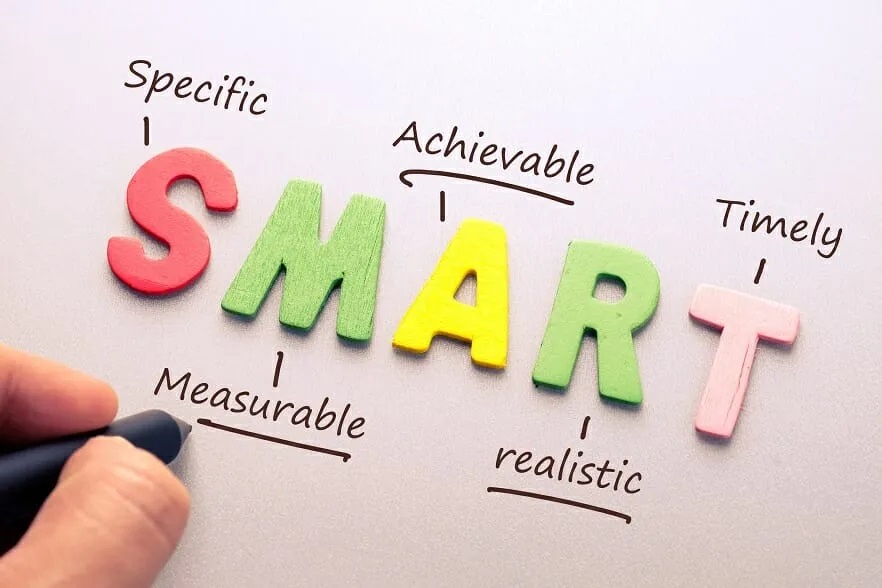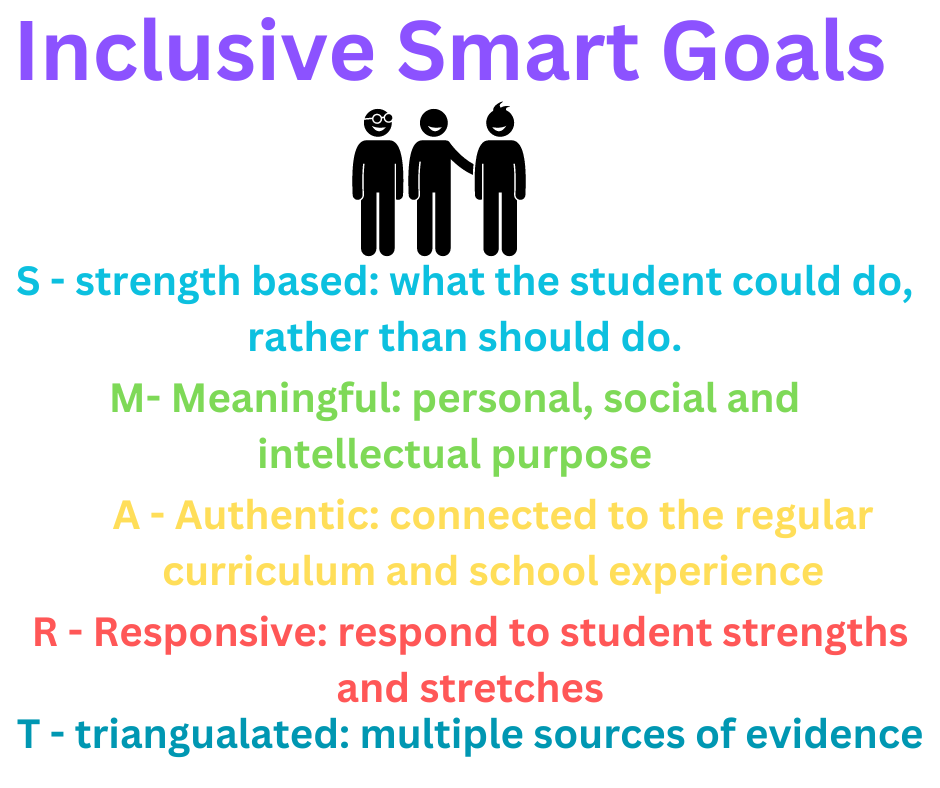
Learning Plans come under a variety of different names:
Plans are written to provide a written document (legally binding) as to the supports and adjustments that the school will make for the student. Usually these are written for a student with a disability (or imputed disability) but may be used for other circumstances too.
The documents need to be created in consultation with the students and their families. This may look different for younger students, but once a student is old enough they should be present at these meetings and have input into what will help them be successful.
The plan should include the following:
After the basics it is useful to include some key information:
Details of student diagnosis and relevant history - who made the diagnosis and when - this may be from more than one specialist
Assessment information - specific assessment data from the psychologist, speech pathologist, Occupational therapist etc. should be summarised here. E.g. WISC, WIAT, CELF etc. This section can also include internal data from the school, especially in the case of imputed students.
Strengths and interests: what are the students strengths and interests. These are useful for staff to know when making adjustments for students.
Functional Impact: how does the students diagnosis impact them at school. This could be academic, social, emotional, physical etc. Any other key information should be added here e.g. allergic to dogs, difficulty with loud noise.
Possible functional impacts list:
The next part of the document will list the adjustments that remove barriers to students learning.
This will be in 2 parts: instructional adjustments and environmental adjustments.
Instructional adjustments are adjustments the teacher needs to do when teaching and creating learning activities.
Environmental adjustments are those which the teacher makes to the teaching area - seating, displays, access to the room.
You may also want to consider social/emotional adjustments, assessment adjustments and special consideration for exams.
Depending on the reason for the plan and the students level of need, goals may be written. These should follow the SMART process.

An example would be: John will be able to read 3 letter cvc words using the letters satnip by the end of term 1 2024.
A non example would be: John will be able to read more words.
Goals could be focused around curriculum, communication, social and emotional skills, access to learning, safety, health and personal care, behaviour just to name some. Basically, whatever the student needs to work on next in their learning.
The goals should be a maximum of 6 months.
Plans need to reviewed at least every year. For students with higher needs this may be every 6 months or sooner.
The plan should be signed by all those present at the meeting plus those who need to know what the document says:
Optional:
School should keep a secure long-term record of these documents and any meeting notes from reviews. These can be held electronically on the students file. A final copy should also be shared to the student's family.
The only constant in education is change and hopefully improvement. Since I initially wrote this blog, I have come across a different SMART understanding which I wanted to share with you, which builds on developing inclusive schools. These are going to inform my practice moving forward.

Warning: Undefined array key "preview" in /home2/hashb/public_html/tracyashbridge.com/wp-content/plugins/oxygen/component-framework/components/classes/comments-list.class.php on line 102